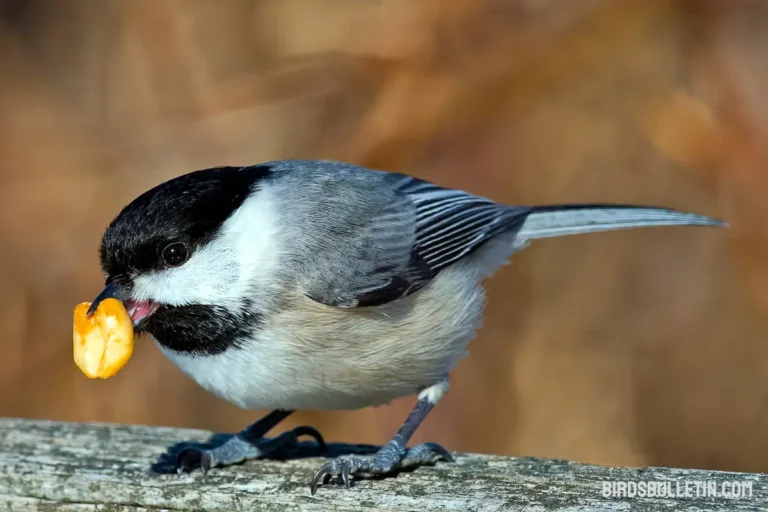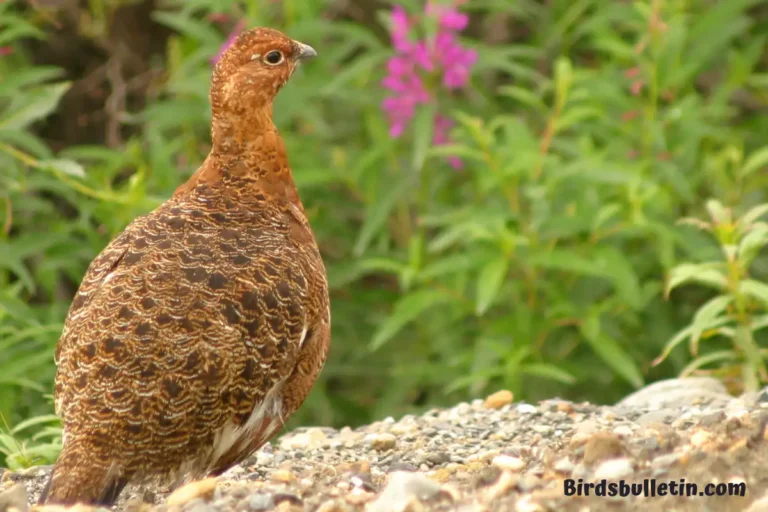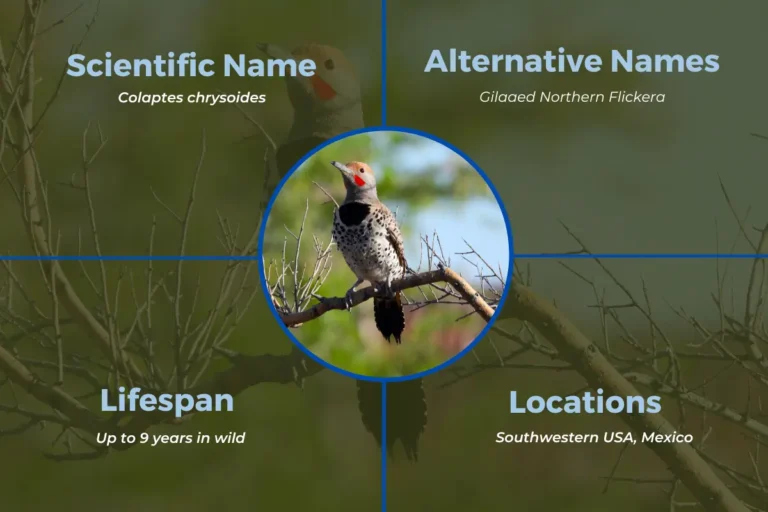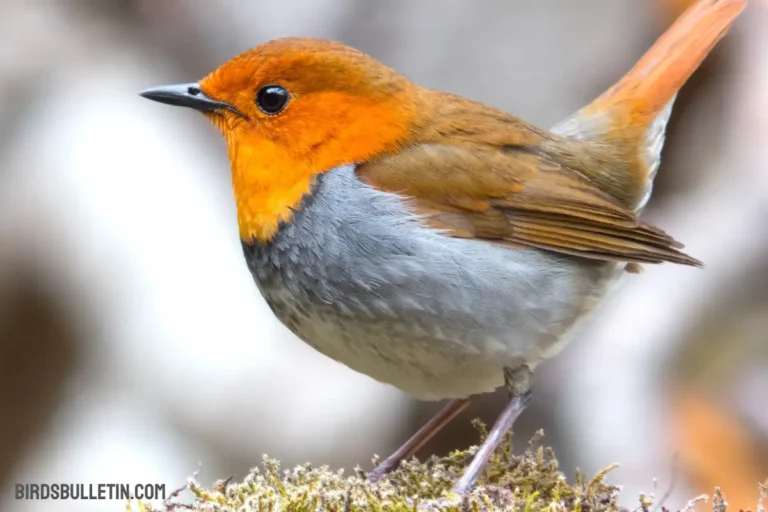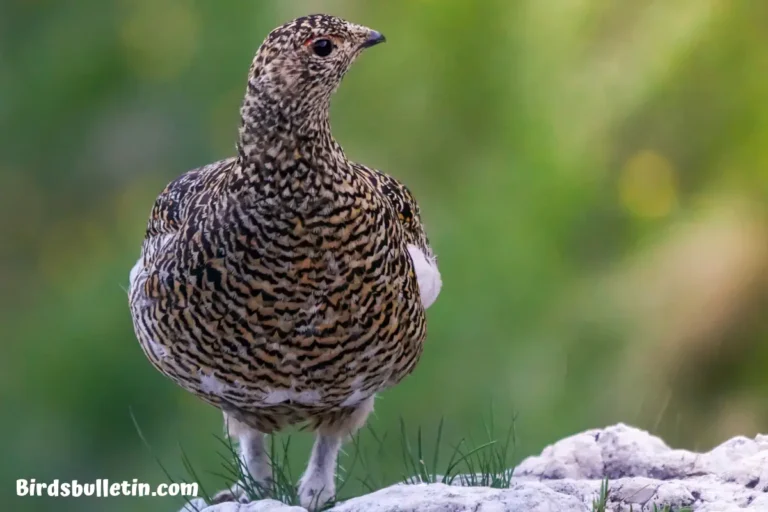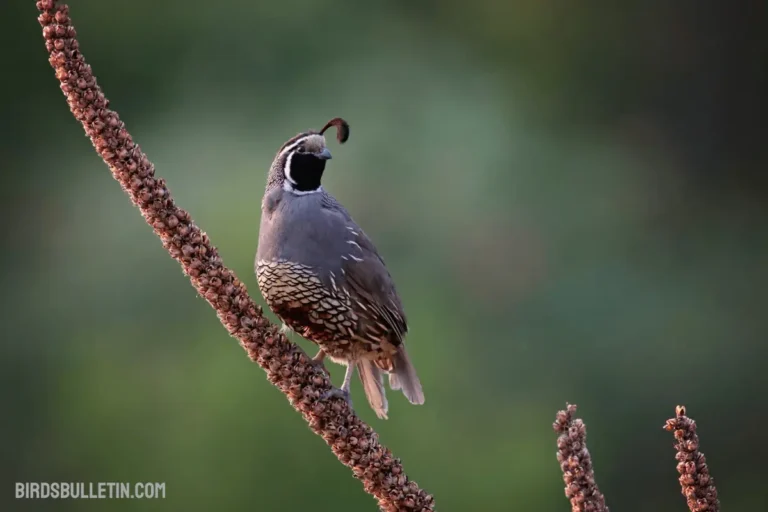Campylorhynchus Brunneicapillus Affinis
Found only in the arid regions of southern Baja California, C. b. affinis is a distinctive subspecies of the cactus wren.
First described in 1860, it can be identified by its pale plumage and modified breeding behaviors. Read on to learn more about the ecology and conservation status of this unique bird.
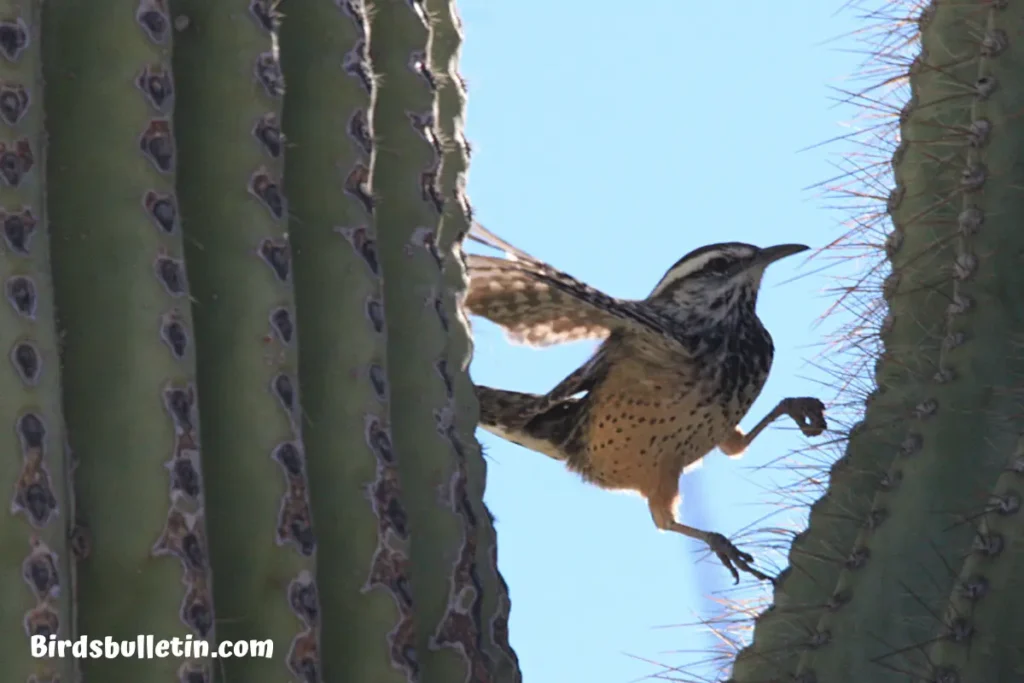
Looking for more overview about bird subspecies:
Scientific Classification
- Class: Aves
- Order: Passeriformes
- Family: Troglodytidae
- Genus: Campylorhynchus
- Species: C. brunneicapillus
- Subspecies: C. b. affinis (Xántus, 1860)
Identification
C. b. affinis can be identified by its paler underparts and reduced black markings, distinguishing it from the nominate subspecies. Additionally, its tail flight feathers, except the middle pair, bear white bars, a unique feature within the cactus wren population.
The term “affinis,” derived from Latin, translates to ‘allied’ or ‘related,’ reflecting its connection to the broader cactus wren species.
Location
This subspecies is endemic to the Baja California peninsula, ranging from Loreto south to Cabo San Lucas. It occupies desert scrub and dry tropical forests.
Interesting Facts
C. b. affinis exhibits intriguing nesting behavior, laying fewer eggs than other subspecies. Typically, it lays two eggs at a time, in contrast to the more common three to five eggs laid by other cactus wren subspecies.
Its eggs are notably paler, showcasing subtle differences in reproductive strategies within the cactus wren population.
Conservation Status
While specific conservation assessments for C. b. affinis may vary, it is generally considered of least concern in terms of conservation status.
Conservation of Natural Habitat
Protecting areas of unspoiled scrub habitat will provide this subspecies with nesting sites and food resources. Careful development planning can maintain connectivity between populations.
Frequently Asked Questions
1. What is the significance of C. b. affinis laying fewer eggs than other subspecies?
The tendency to lay fewer eggs, typically two at a time, is a unique reproductive trait observed in C. b. affinis. This adaptation is related to the specific environmental conditions and resource availability in its habitat in southern Baja California.
2. How does C. b. affinis’ nesting behavior contributes to its survival?
Laying fewer eggs might be an adaptive strategy, ensuring that the available resources are effectively utilized to support the survival and development of the offspring.
3. How do the males attract mates?
Like other cactus wrens, males use vocalizations and nest-building to attract a lifelong female partner. More study is needed.
Wrapping Up
In summary, C. b. affinis is a pale Baja California subspecies of the cactus wren with some distinct natural history traits. Conservation of desert ecosystems will allow it to persist far into the future.


